Shiba Inu is a Japanese breed of dogs who are now getting accepted in more parts of the world. They have an appearance like a fox.
Strong and muscular in physique, they are confident, energetic, and agile dogs. Shiba is a stubborn dog who is not relatively easy to train.
A very good potential family member who can be dedicated to the family. He needs to be properly socialized and trained so that he gets along well with children.
Shiba Inu dogs are aggressive dogs and cannot be trusted off-leash. They see chasing small animals like squirrels as natural.
The variety of Shiba Inu colors includes red, orange, yellow, black and tan, and sesame.
A wonderful and loyal companion, he is best trained by a well-experienced person.
Table of Contents
Shiba Inu Pictures
Quick Facts

Average Weight: 23 pounds (male), 17 pounds (female)
Average Height: 14.5 – 16.5 inches (male), 13.5 – 15.5 inches (female)
Life Expectancy: 12 – 16 years
Dog Group: Non-sporting group
Colors: white, orange, black and tan, red, sesame
At a Glance

Size (2/5):
The Shiba Inu size is comparatively small, and the Shiba is athletic; weighing at about 20 pounds.
Males are 14.5 to 16.5 inches tall whereas females are 13.5 to 15.5 inches tall. Even though a Shiba is not big, it needs an ample amount of space to roam.
The word “Shiba” itself meant “small”, and the dog’s name is believed to have derived from this meaning.
Affection Level (4/5):
Shiba Inu is a charming and affectionate family dog who is faithful to its owner and devoted to its family members.
It is a good-natured dog, though hostile with strangers. If you earn its respect, it will be loyal to you. Sometimes, you might find Shibas hard to please.
Apartment Friendly (5/5):
They are well suited to apartment living, but also need sufficient open space to roam.
As long as they are given enough regular exercise in the open, along with training and socialization, they make for a good apartment dog.
Care should be taken to have a fence to prevent the Shiba from venturing into someone else’s territory.
Cold Weather Tolerability (4/5):
The undercoat of a Shiba is soft and thick, and thus, it gives enough protection from cold weather.
The Shiba Inu has something called “guard hairs”. They are thickly furred hair that provide it protection from rain and snow.
Its tail is made up of longer guard hair which enables the Shiba to deal with harsh cold weather. It covers its nose and face with its tail to guard itself against blowing snow.
Hot Weather Tolerability (3/5):
A Shiba’s all-weather coat enables it to withstand the hot climate. However, he should not be taken outdoors frequently during the hot season.
Arrange air conditioning for your Shiba, and provide him enough shady places to spend time. Make sure to keep your dog hydrated throughout the summer.
Barking Tendencies (4/5):
A Shiba is vocal in nature, and loud too. It is usually a quiet dog, who only barks when it is either elated or mad.
Shibas make the “Shiba scream”, the typical Shiba Inu scream that is very loud. They produce it when they are either emotionally aroused or are unhappy.
Mishandling a Shibaagainst its liking can make it “Shiba-scream”.
Cat-Friendly (2/5):
The Shiba Inu breed is no different than other breeds in the matter of cats. Shiba Inu dogs too are fond of chasing cats. Hunting is their natural instinct and they see cats are their prey.
They should be controlled with a leash when cats are around.
Dog-Friendly (3/5):
A Shiba is hostile with other dogs. If left unleashed, it can get involved in fighting other dogs with aggression.
They are possessive in nature. No treats or favorite toys must be kept nearby when other dogs are around, as it may cause quarreling among them.
Exercise Needs (3/5):
Shibas should ideally be given exercise daily if their lifespan is to be increased. Taking them for a walk or a jog along with you is a good way to keep them active.
Not providing them enough physical activity can make them bored and they can turn destructive.
Grooming Needs (1/5):
A Shiba Inu keeps itself naturally clean and is free of any odor. Thus, Shiba Inu grooming is easy. Brushing its body once a week is still required just like for other dogs.
To remove excessive waste hair fallen because of shedding, brushing is a must. Bathing the Shiba occasionally is fine. Check your Shiba especially during summer for signs of excessive shedding.
Brushing its teeth against bacteria and trimming its nails to prevent painful tears is highly recommended.
Check its ears for infection and carefully manage their paws.
Playfulness (3/5):
The Shiba Inu puppy temperament is curious and playful, yet the Shiba is hostile with strangers.
Being an active breed of dogs, it likes to play and go for a jog.
They are fond of children and they must be supervised and guided when children are around. If children aren’t respectful to a Shiba, he will be hostile towards them as well.
Trainability (2/5):
If socialization isn’t given in the Shiba’s early life, it would be difficult for him to become friendly with children and other people.
This is necessary also because of his wariness towards strangers and his aggressive nature. He has a tendency to chase other smaller animals, so he should always be leashed when around them.
Shiba is a willful and a tough-to-handle breed. Proper housetraining is required to teach it toileting and other stuff.
Intelligence (3/5):
Shibas are intelligent dogs. Because of their stubborn and willful nature, a lesson in obedience needs to be given.
A Shiba is a fast learner, yet he is challenging for novice trainers.
Mouthiness (4/5):
Shiba Inu’s mouth often in situations of excitement, frustration, and fright. Because of their hurtful teeth, mouthing can be dangerous to people.
Also as Shibas are a hunting breed, they have the habit of biting.
Price Group (4/5):
Shiba Inus cost a significant amount of money. The average Shiba Inu price can be anywhere from $1200 to $2500.
About Shiba Inus
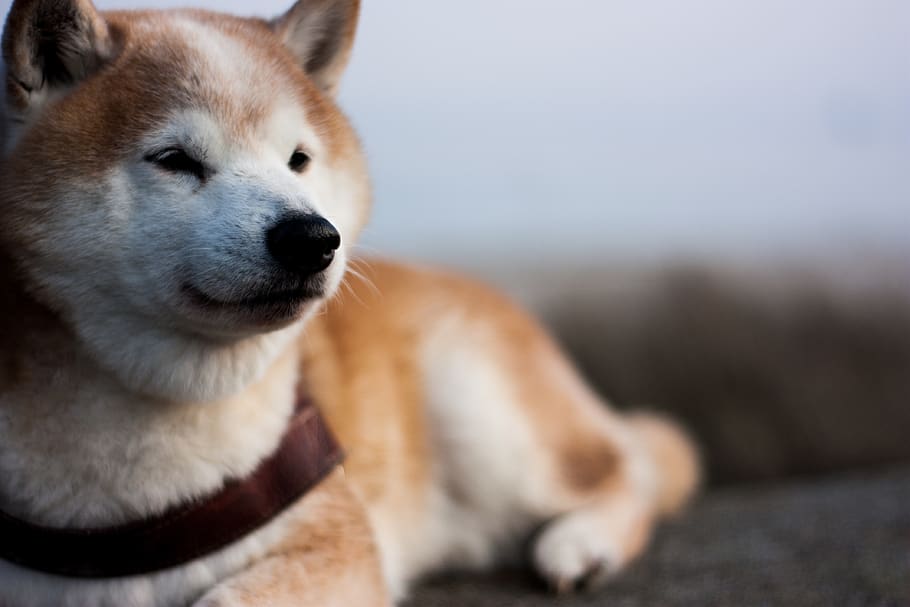
In the early days, Shiba Inus were mainly used to find birds and small animals for hunting. They were also used to hunt down wild boars.
The Shiba is agile and lively. It makes for a good companion dog.
When seen from afar, it may appear very similar to a fox. In fact, just like a fox, it is agile in movement. One can see the ease with which it moves.
A Shiba is intelligent and a highly independent thinker. Thus, it becomes stubborn and is not easy to train.
If trained properly from an early age, it can turn out to be a good family companion. Being a hunter by instinct, it can be aggressive sometimes.
He needs a regular workout, preferably daily. He likes to roam around and so, open spaces must be available for them that are fenced.
Where Shiba Inus Come From?

Shiba Inus originated in the land of the rising sun, Japan, in the 19th century. They used to live in the mountainous regions of Japan.
As a result of World War II, most of the Shibas were erased from existence. Later, after efforts by a few people, the Shiba Inu breed was restored before the mid-twentieth century.
Shibas were then imported to the United States by some Americans, and since then they remain largely popular in Japan as well as the United States.
Size

The Shiba Inu size lies in the range of small to medium and is smaller than every other Japanese dog breed.
The height of the male Shiba and the female Shiba do not significantly vary. The height of a male is between 14.5 to 16.5 inches, whereas the height of a female is between 13.5 to 15.5 inches.
A male Shiba weighs around
23 pounds and a female Shiba weighs around 18 pounds.
Trainability

A Shiba Inu likes to remain active throughout its lifetime and needs sufficient open space to burn off its energy.
Like any other dog, it needs the experience of early socialization to get along well with children and strangers which will help it in becoming adaptive in the future.
It likes to remain unleashed and so, it is challenging to control it. Time and patience are necessary tools for a trainer.
Housebreaking is not difficult with the Shiba Inu breed. Once it is given the appropriate instructions of toileting, it will obey without much hassle.
Grooming
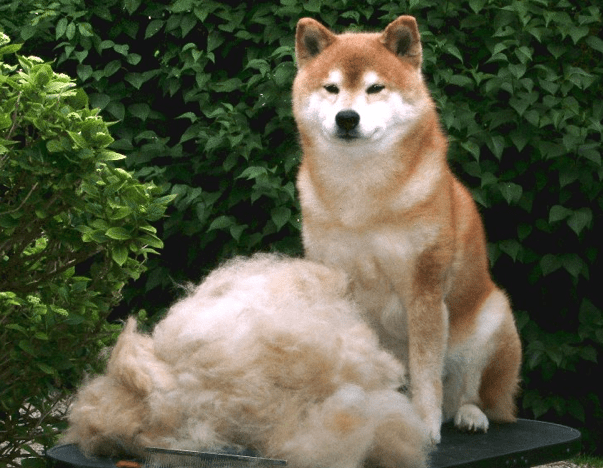
The grooming required for your dog Shiba Inu is minimal as they come naturally neat and clean. Shiba Inus like to remain free of moisture and hate being bathed.
Occasional bathing is required though, at least once every three to four months.
When Shiba Inus shed heavily, brushing should be done in order to remove excessive waste hair that has fallen from their body.
Frequently brushing a Shiba’s teeth is good, as it removes harmful bacteria and prevents diseases from affecting it.
Shibas are often reluctant when it comes to trimming the nails. Nails should be trimmed occasionally to prevent themselves from hurting their eyes while scratching.
The coats of a Shiba Inu should ideally never be cut as they protect its body in the hot and cold temperatures.
For more details on grooming your Shiba, click here.
Common Diseases
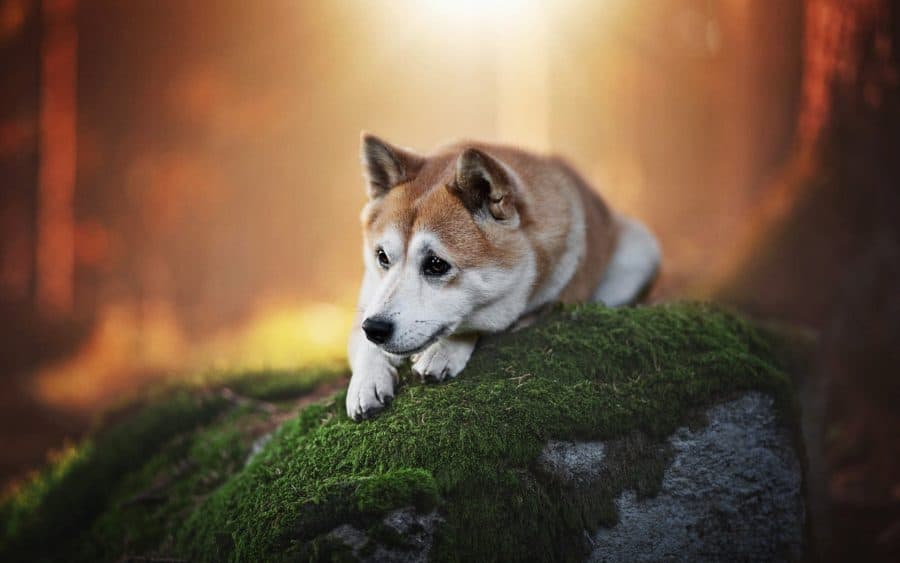
Shiba Inu dog must ideally be exercised daily to keep it healthy and last long. Just like other dogs, it isn’t immune to certain diseases.
Allergies:
Some types of allergies such as food allergies, contact allergies, and inhalant allergies can be suffered by Shibas and have to be duly remedied.
TARGETING THE BONES
Patellar Luxation:
When the knee joint gets out of place, this condition occurs. It is painful for the dog.
Although this handicaps the dog for his lifetime, he can still lead a normal life with it.
Hip Dysplasia:
Here, the hip joint does not fit properly. Lameness often occurs because of hip dysplasia. In later stages of the dog’s life, arthritis can develop.
TARGETING THE EYES
Glaucoma:
Glaucoma causes a build-up of pressure in the eyes. Loss of vision and pain in the eyes are the signs indicating the presence of Glaucoma.
Progressive Retinal Atrophy:
The retina of the eye starts degenerating in PRA. Initially, PRA causes night-blindness and later may also affect vision during the day.
Dogs may adapt well to this condition if they are already aware of their surroundings.
TARGETING THE NERVOUS SYSTEM
Epilepsy:
It is a neurological disorder that causes seizures in the body.
Often, awkward behavior will be seen in the dog with epilepsy, such as falling sideways with legs straight and head twisted, or running around uncontrolled.
The causes of most seizures remain unknown.
TARGETING THE BODY
Chylothorax:
It is a relatively uncommon disease occurring in dogs. In this condition, a fluid gathers inside the chest region in the body, which obstructs breathing, reduces appetite, and induces coughing.
It is critical to treat this condition as it arrives.
Tail Chasing:
In this condition, the dog gets preoccupied with its tail. He starts circling constantly. His hunger and thirst start to vanish.
LIFESTYLE DISORDERS
Cancer:
Symptoms include difficulty in breathing, urinating and defecating. Cancer can be treated by medications, chemotherapy, and surgeries.
Hypothyroidism:
Low production of the thyroid hormone results in Hypothyroidism. Symptoms include loss of hair from the body, weight gain, and reduced immunity to cold.
Other symptoms include obesity, dark patches, etc. Dogs need to be medicated and given appropriate diet as a treatment.
Feeding

Quality dry food of 0.5 to 1.5 cups should be provided to the Shiba twice a day. Feeding should be a controlled activity, and food shouldn’t be kept out all the time.
Some Shiba dogs are choosy about their food, and some are not. Treats should be given in limits, as too many treats can cause obesity in them.
Always provide clean and freshwater to your Shiba.
Suggested: Senior Dog Food
It is better to prepare a schedule of diet for your Shiba to provide the best dietary care.
Feed your Shiba according to its activity levels. It needs a lot of protein and it likes protein-rich food.
Vaccination and Care
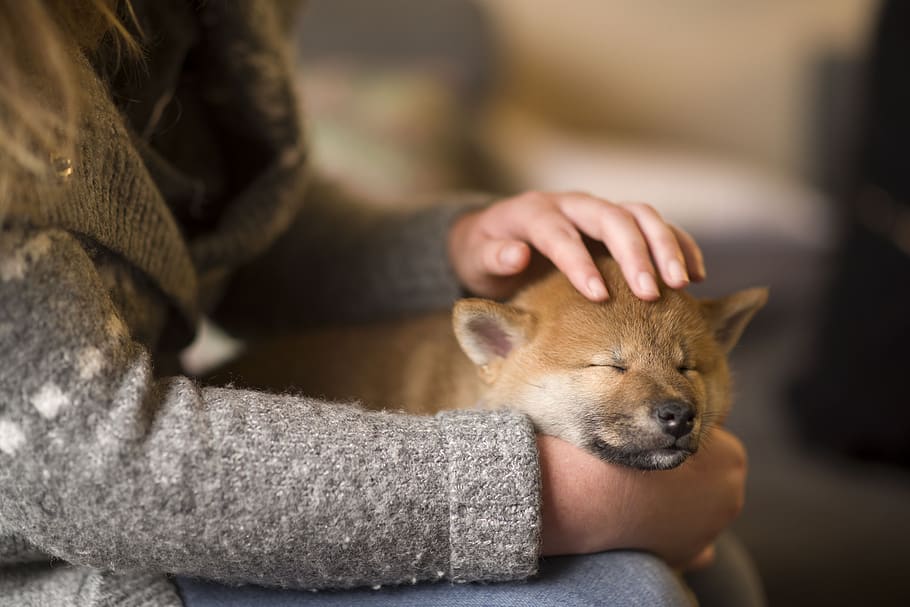
The Shiba Inu breed is a healthy one and doesn’t require frequent visits to a veterinarian except for routine vaccinations.
Common Vaccinations for the Shiba against conditions such as distemper, hepatitis, etc. must be administered. Read our Guide To Dog Vaccination to have a thorough idea of it.
A Shiba should always be leashed because it tends to chase cats and other small animals when they are nearby.
Housetraining is a must as with other dogs and the Shiba is a quick learner at that.
Brushing its teeth regularly, trimming its nails occasionally and checking its ears for infection are some of the very important things to implement.
Monthly Expense Estimation
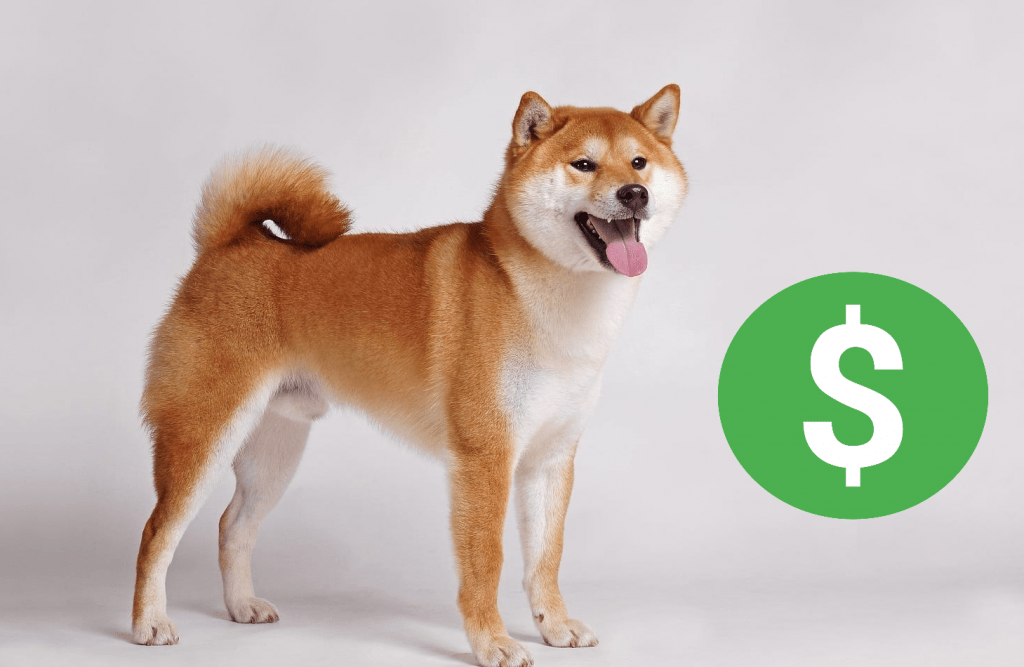
The Shiba Inus are a relatively expensive breed of dogs. The average price of a Shiba Inu is anywhere between $1200 to $2500.
The initial cost of a Shiba can be from $350 to $550. For providing him quality food, you have to spend $2 to $3 per pound of food.
A visit to the vet for regular examination is highly recommended. Visits for eye diseases and other diseases is recommended.
All in all, it can be safely assumed that the average costs incurred yearly including food, care, and grooming will be $1641 per year.
Behavior With
Children:
In spite of the breed’s stubbornness and willfulness, it manages to do well with children if he was properly trained for socialization, and as long as the children are kind to it.
Due to its possessive nature about things, toys or treats must be kept away from it whenever children are in the vicinity.
Children should be made aware of how to behave around a Shiba, and all interactions should be under the trainer’s supervision.
Dogs:
Shiba Inus being possessive, their stuff must be kept away when other dogs are around. Failing this may lead to unwanted fights that may lead to injuries to both sides.
Shibas may always act aggressively with other dogs as aggressiveness to strangers is a part of their personality. Training them against this may help to some extent.
Cats:
Shiba sees cats as natural prey just like many other dogs. If he sees a cat when unleashed, he will surely give it a chase.
Shibas and a cat can go well with each other if they had been socialized appropriately. Raising both together would make them more likely to accept each other as companions.
If a cat and a Shiba live in the same house, it could sometimes be wise to keep them in separate rooms to avoid unhappiness.
Overview

A hunting dog of the Japanese ancestry, the Shiba comes as a small-sized dog who is intelligent, agile, and freethinking. He is a stubborn dog.
It is small in size with height not differing much between males and females.
It has a thick undercoat and overcoat that helps it in protecting itself from cold and hot weather. A Shiba’s characteristic tail is thick and highly furry with which it covers its face and nose from blowing snow.
You can expect to see Shiba Inu shedding the most during the summer season. Brushing its coats regularly can make it less difficult to handle the problem.
The average lifespan of a Shiba is 12 to 15 years, but you can elongate it by giving the Shiba sufficient exercise, especially daily.
A Shiba makes for an excellent companion and a watchdog.
Something Fun About Shiba Inu!

Shiba is the smallest among the six spitz breed dogs that are of Japanese origin.
Shibas were primarily used for hunting large animals such as wild boar but now are used only to hunt small animals.
The once nearly extinct dog breed, the Shiba Inu is considered the best companion dog in Japan.
Shibas learn to housebreak very easily as they are born with natural housebreaking skills. When a Shiba is nearly 5 weeks old, it will have mastered housebreaking.
The oldest Shiba ever to live this planet died at the age of 26. He was just three years short of the world record for the longest living dog in the world.
If Shibas get upset because of bathing or cutting nails, they wail with a shrieking sound. It is recommended to not scare them as they may scream with a similar sound.
They do acts of self-grooming like licking their paws and refraining from stepping into puddles.
Let us know what you feel in our comment section!
Stay tuned to get more doggie insights.
Happy Petting To You Guys!






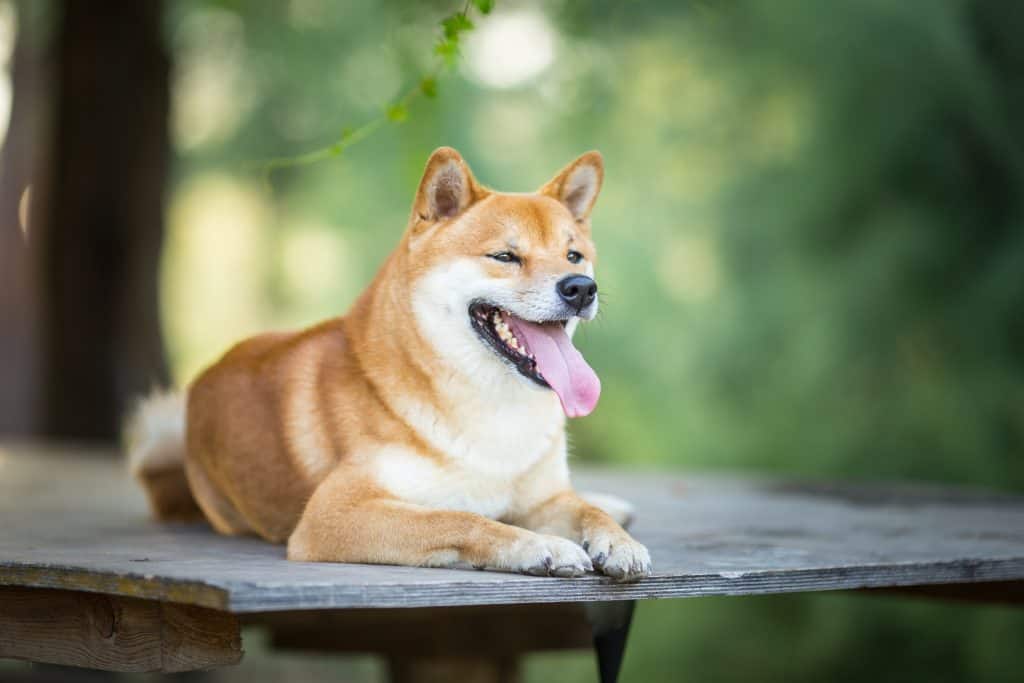
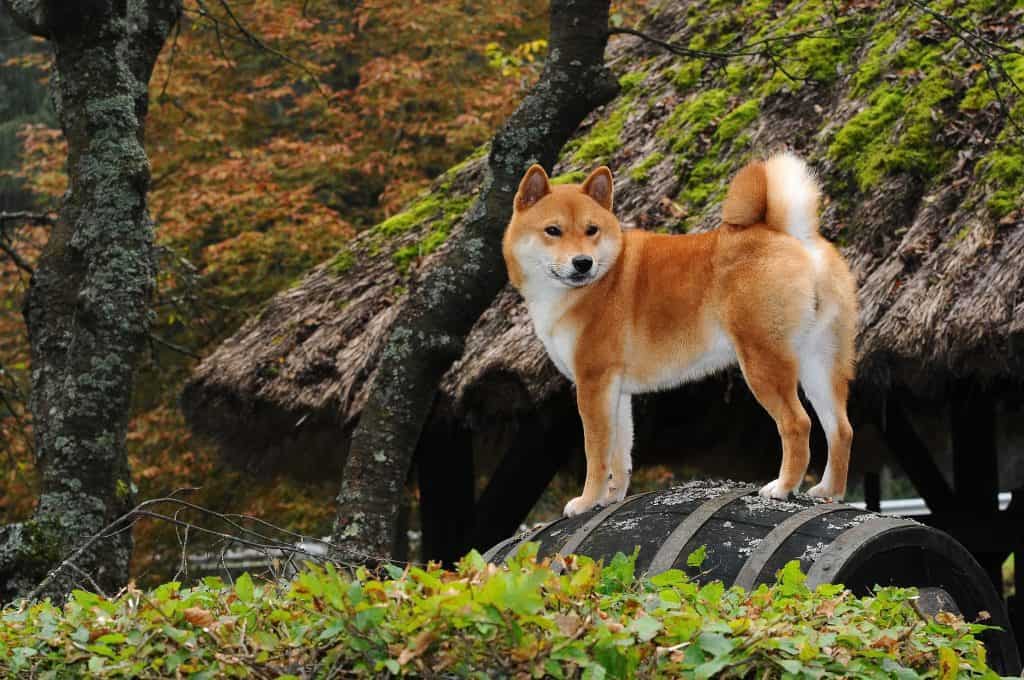
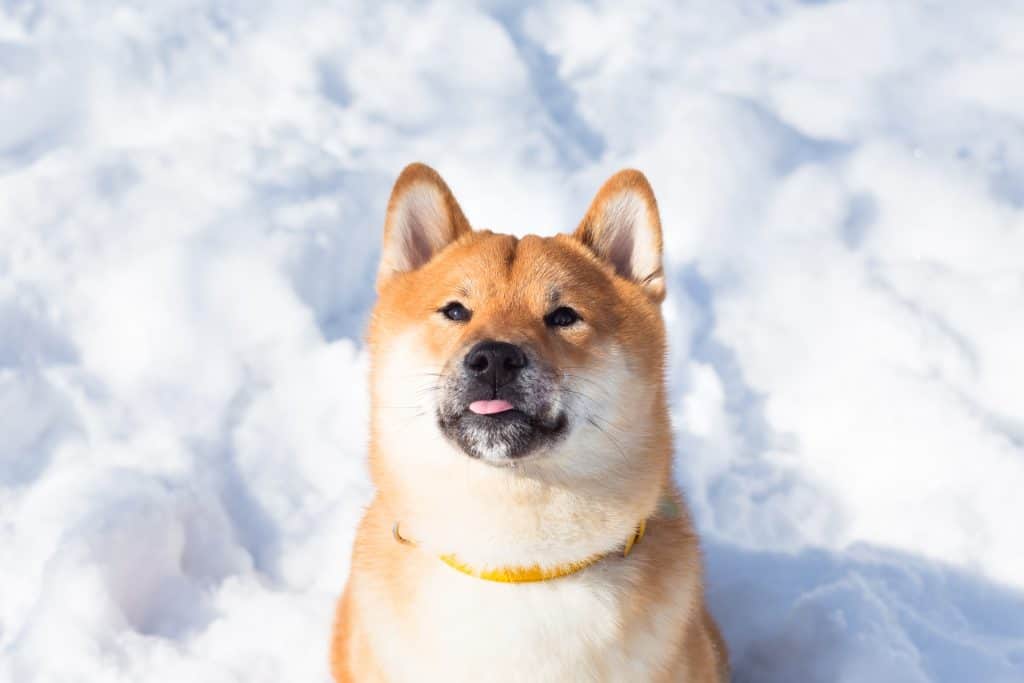
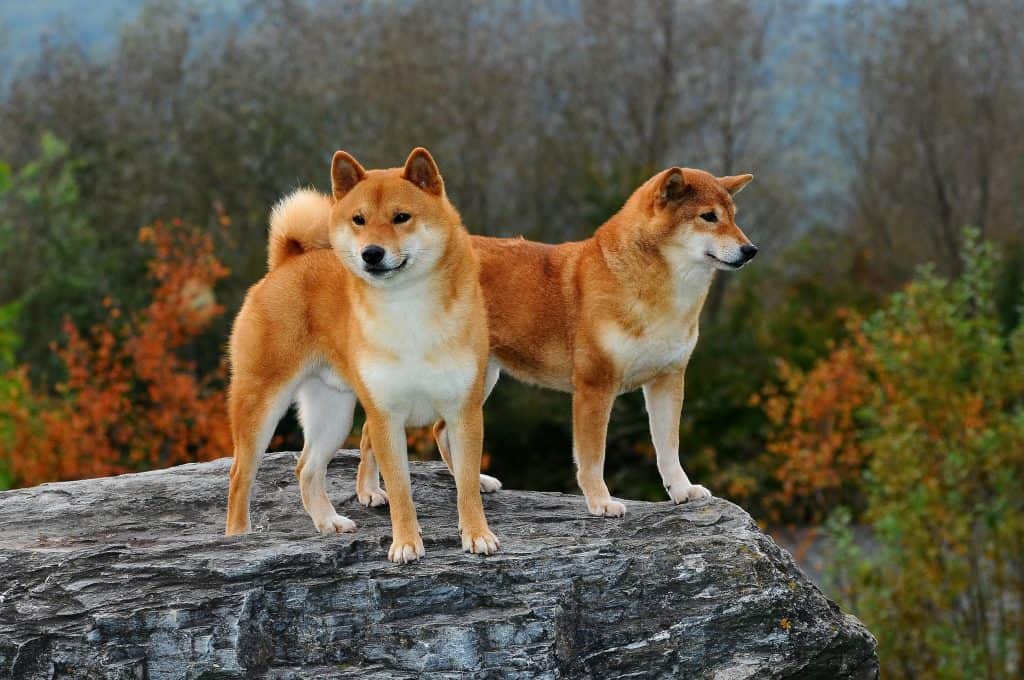








[…] They have a strong and muscular physique also Shiba Inu is very […]